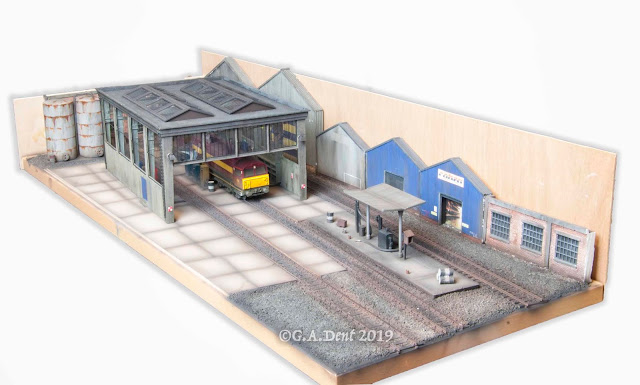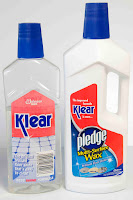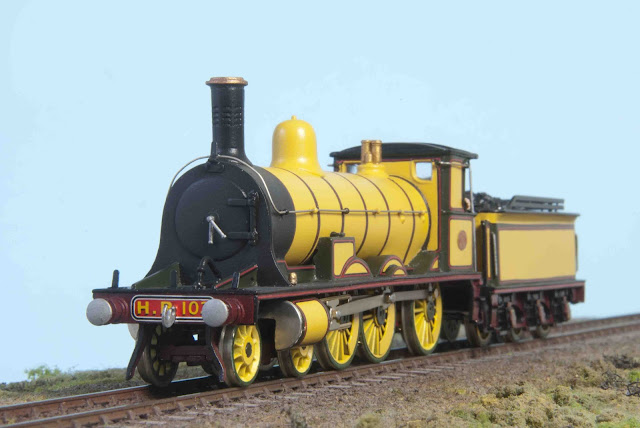SCAMMEL TRANSPORTER 2
Painting begins in earnest
After priming and refining some minor imperfections, the painting process has begun. Before the European style camouflage is applied, however, I've given all of the sub-assemblies a pre-shading coat of a very dark black/grey. Due to the small scale of the model, it's not easy to get the dark paint into all of the various recesses, so the trickier areas have simply been given an overall undercoat of the dark paint, which will add greater depth to the finish.
In the past couple of years, I've become a big fan of Tamiya acrylics, especially for this sort of work. Regular acrylics, such as Railmatch, Lifecolor or Vallejo, while excellent in many ways, do tend to clog a fine airbrush unless flushed out every few minutes. As Tamiya's acrylics contain a much higher volume of alcohol, they behave a bit more like oil-based paints, making them much easier to work with, while still drying rapidly. They're not cheap or so freely available as some other brands, but they're well worth trying out. They smell though! And, you must use the right sort of thinners (I use Tamiya's own brand).







I remember building one of these as a boy not long after the kit was first released. Using tube cement and not waiting for each sub assembly to dry wasn't a recipe for for success but back then i had no patience. It still looked good with a Churchill tank on the back just like the artwork on the box..
ReplyDeleteCan you tell us what ratio of paint to thinners you use for the Tamiya paints as I'm new to airbrushing.
Hi Mark,
DeleteI never measure ratios of paint or thinners as the amount varies from pot to pot (paint thickens over time or according to colour). Tamiya paints are quite thin to start with, so it doesn't need too much thinner - just enough that the liquid looks like skimmed milk!
I've also had the problem of clogged airbrush when using Lifecolour, they're great paints but they do dry inside the brush very quickly. I'll give Tamiya a go!
ReplyDelete